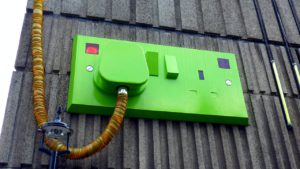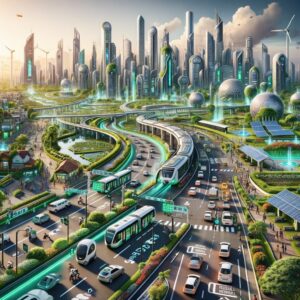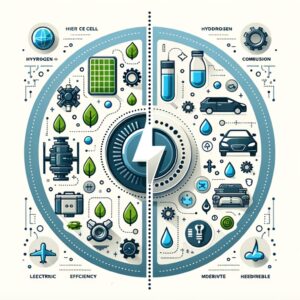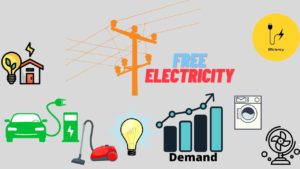Perspectives
Since the liquid solutions are stored in tanks and can be pumped into the cell to generate energy, flow batteries can be used either like fuel cells (where the spent fuel is extracted and new fuel is added to the system) or like rechargeable batteries (where an electric power source is used to regenerate the fuel).




